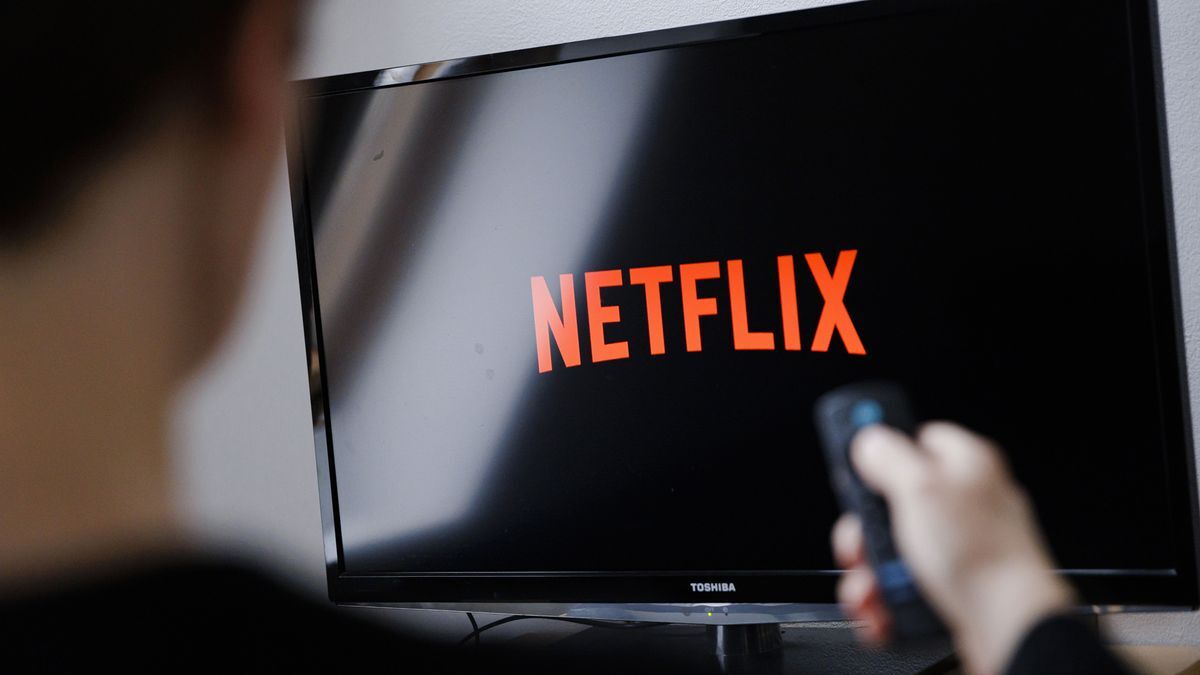Netflix has managed to annoy a good number of its users with an announcement about an upcoming update to its Windows 11 (and Windows 10) app: support for adverts and live events will be added, but the ability to download content is being taken away.
Netflix must realize that it’s a huge frustration for people who relied on offline downloads to watch content without internet access: on planes, trains, and campsites, and anywhere else where Wi-Fi is unavailable or unreliable.
There’s a small chance that Netflix will change its mind if it gets enough complaints, but the streaming service seems determined to add as many money-making features as possible, while taking away genuinely useful ones.



It won’t. This isn’t how WEB-DLs are produced.
How are they produced?
Cheap android tv boxes
I wish I had the software to do it myself.
Unless you know exactly what you’re doing, you’ll have to spend a lot of money on trial and error because Google will keep nulling your widevine keys.
Only very rarely, and usually it’s a rooted nVidia Shield with a cheap HDMI splitter that strips HDCP from the signal. And those aren’t called WEB-DLs, they’re Webrips. WEB-DLs are downloaded directly from the source.
They buy cheap android tv boxes and get the widevine decryption keys off them, then use them to web dl directly from the source
WEB-DLs are downloaded, via command line, directly from the source. What you’re getting is literally what the streaming service would stream to you, minus DRM, nicely packaged into an mkv file. The only time they are captured/recorded is when the 1080 and 720 sources are dogshit, so they capture a 4k stream and reencode it with the settings of their choice.
That’s helpful, thanks, but how are they downloaded, via command line directly from the source?
By using software designed to trick the server into thinking it’s a legitimate Netflix/AMZN/Paramount/Apple/etc app so the server serves the video. The software merges the chunks of video/audio the server sends into a video file once it completes the download. Then they take that video file, download the subtitles, and mux them all into the final mkv that you, the end-user, downloads from wherever.
Noice noice. Thanks!